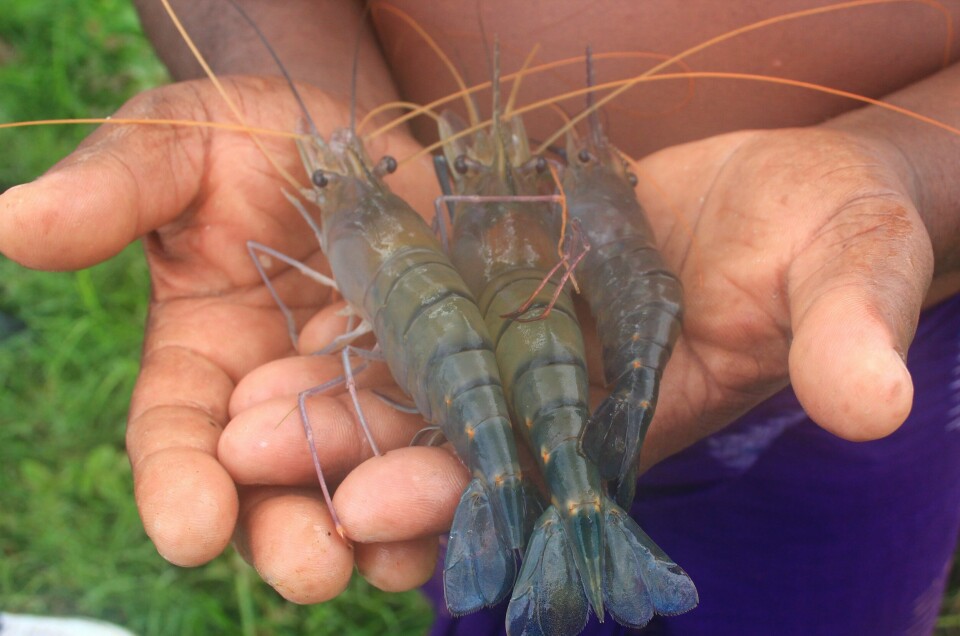
Imported shrimp is safe say Scottish university scientists
Scientists at the University of Stirling’s Institute of Aquaculture have challenged concerns around the consumption of imported farmed shrimp – with new research indicating that it is as safe as any other seafood product.
Experts observed the findings after using European Union data to perform a risk assessment on shrimp imports, which have a reputation among some consumer groups as being of low quality, said the university in a press release.
The IoA’s Professor Dave Little and Dr Richard Newton, working with colleagues at Shanghai Ocean University, also found that shrimp imports have become much safer to consume in recent years. The findings of the research are published in the Aquaculture journal.
Newton said: “Farmed shrimp imported to the EU has a reputation among some consumer groups as being of low quality and this is sometimes reflected in the mainstream press, as well as on the internet.

Risk assessment
“Over several decades – since farmed shrimp imports first appeared on supermarket shelves – a negative narrative has grown over environmental and social malpractice. This has included claims that tropical farmed shrimp are grown in polluted water and treated with large quantities of chemicals, which can be harmful to human health.
“We hypothesised that we could perform a risk assessment of shrimp imports which would allow us to calculate the amount that an average adult would need to consume to surpass the acceptable daily intake (ADI) for any particular harmful substance.”
Newton and the team analysed 18 years of data from the EU’s Rapid Alert System for Food and Feed (RASFF), which contains information on food and feed imports that have been found to contain banned or excessive quantities of substances, and subsequently removed from the market.
Antimicrobials
“Based on the information in the RASFF database covering 1998 to 2015, our study found that consumers would need to eat more than 300g of shrimp per day to exceed the ADI for antimicrobials,” Newton explained.
The research also identified shortcomings in the RASFF system when it comes to determining ADIs, with the scientists concluding that – in reality – the ADI is likely to be “much higher” than the 300g calculated because the RASFF database only contains information on contaminated shrimp and not those available to consumer.
Newton added: “This means that imported farmed shrimp are no less safe than any other seafood product.”
Over the 18-year period, the number of alerts dropped markedly despite shrimp imports increasing – meaning that shrimp have become much safer to consumer as exporting countries meet the safety demands of importers more effectively. The numbers peaked in 2002, in relation to large numbers of consignments contaminated with antimicrobials, the experts said.
The research, Assessment and communication of the toxicological risk of consuming shrimp in the EU, was funded by the Seafood Importers and Processors Alliance.






















































